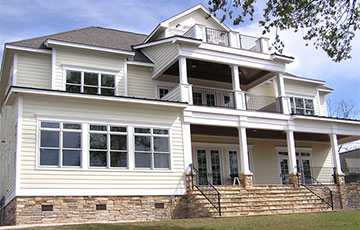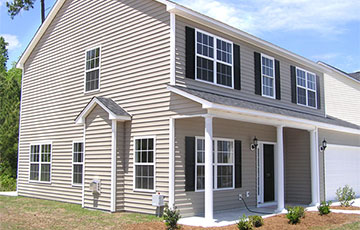
To request a WDIR , please use our form.
More formerly known as Form No. WDIR 100, this form has been adopted by the Structural Pest Control Committee to report the presence or absence of wood destroying insects and their evidence in structures for sale. Only individuals licensed by the North Carolina Department of Agriculture & Consumer Services, Structural Pest Control Division or work for someone who is licensed to perform structural pest control work are able to issue a WDIR. This form is required for almost every residential structure sold and therefore should be understood by all parties involved: home buyers, lenders and other interested individuals.
By law, an inspection for wood destroying insects and their evidence is the careful visual examination of areas of a building that are susceptible to attack. For the inspection to be completed correctly, the Pest Control Operator (PCO) must have access to all interior and exterior areas of the structure to be inspected.
*An inspection of Non-Accessible areas may require the removal of walls and in turn, result in an additional fee.
The PCO must report all visible evidence of wood destroying insects,and he must also note any conditions that may attract subterranean termites. These include the following:
Though the WDIR form is often called a “Termite Letter”, it addresses more than just termites. Other types of insects reported include:
Structural damage and effects, electrical defects, as well as plumbing and roof leaks are not the PCO’s area of expertise and do not have to be reported on the WDIR. However, roof leaks may cause conditions favorable to termites, and the PCO will likely report these conditions. All structural damage, including that from wood-decay fungi and wood destroying insects should be reported to a structural engineer, contractor or other building expert.

When evidence of wood destroying insects (such as termite tubes, cast wings or exit holes from wood boring beetles) is found, the Pest Control Operator must report its presence and specific location on the WDIR. The report must clearly indicate whether or not the insects have been or are in the wooden members. The PCO may submit a bid to treat the structure if no evidence of treatment exists (in the case of subterranean termites). There are various treatment options, depending on the type of insect found and the extent of the infestation. If a treatment is performed, a copy of the written agreement and warranty, (if any), must be attached to the WDIR.
If the WDIR indicates the presence of wood destroying insects, it must be assumed that there is some damage. It is then the buyer’s responsibility to contact a building expert to make the necessary repairs. The repair invoice may be attached to the WDIR. It should be noted that a “clear” report should not be sought and is fraudulent if there is in fact evidence of wood destroying insects in the structure.
This report helps the potential buyer in the decision-making process on the real estate purchase. The most important thing for the buyer to remember is that the report must be, as required by law, a true identification of the presence or absence of evidence of wood destroying insects. A “clear” WDIR is not required to complete a transaction. All concerning parties should obtain the report early in the transaction process and pay close attention to the introductory statements on the report itself, as well as the conditions on the reverse of the form.